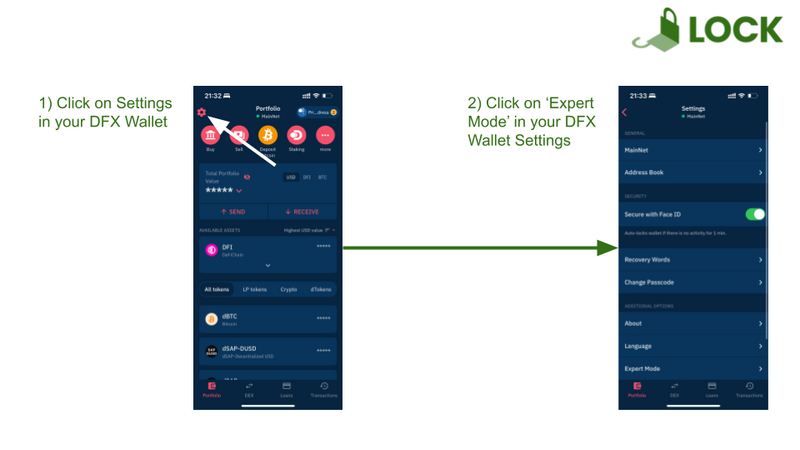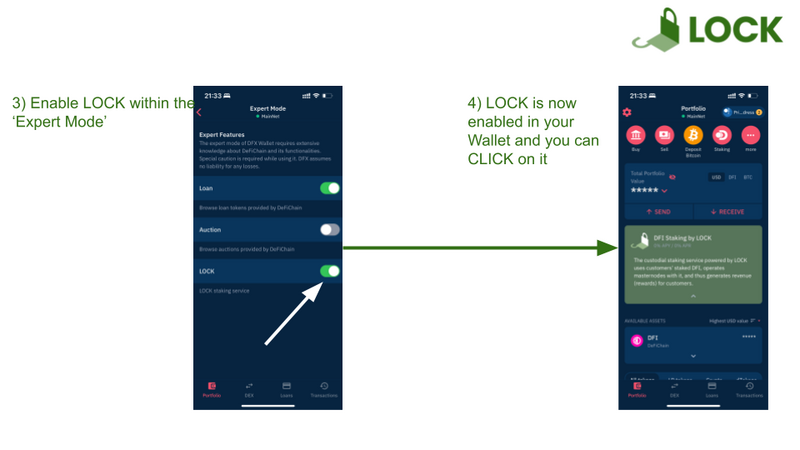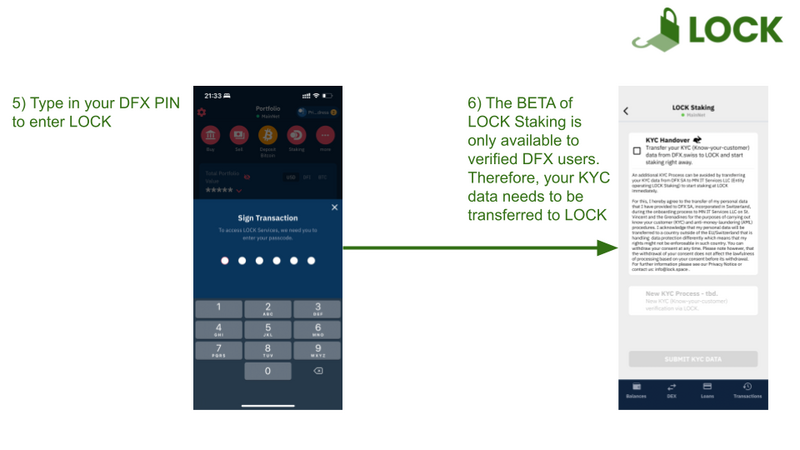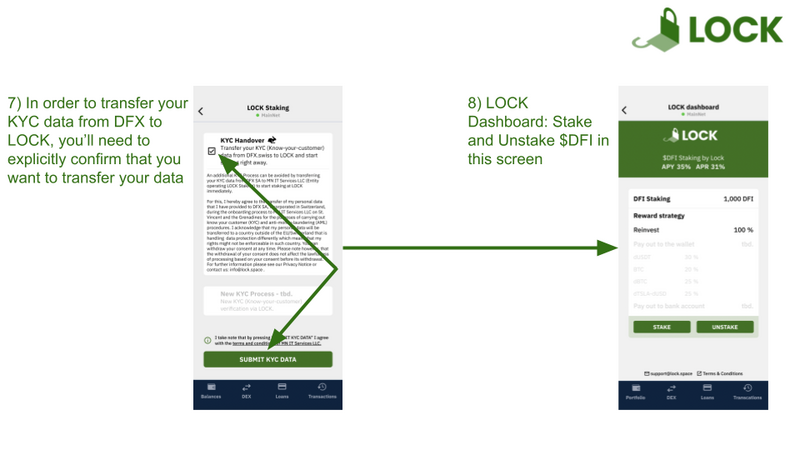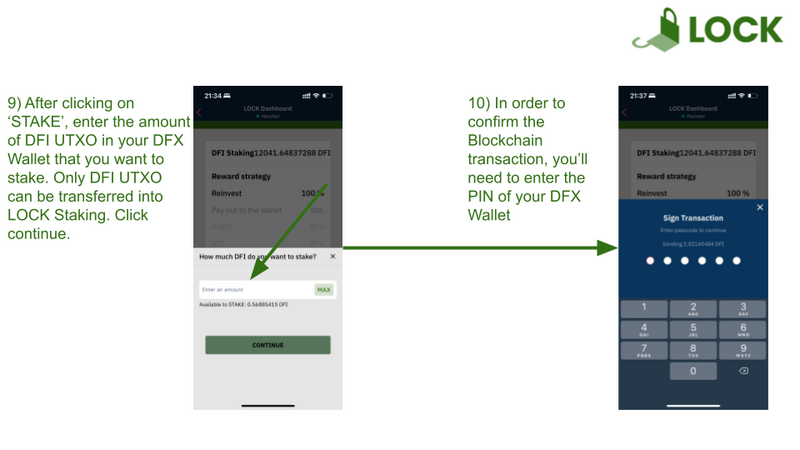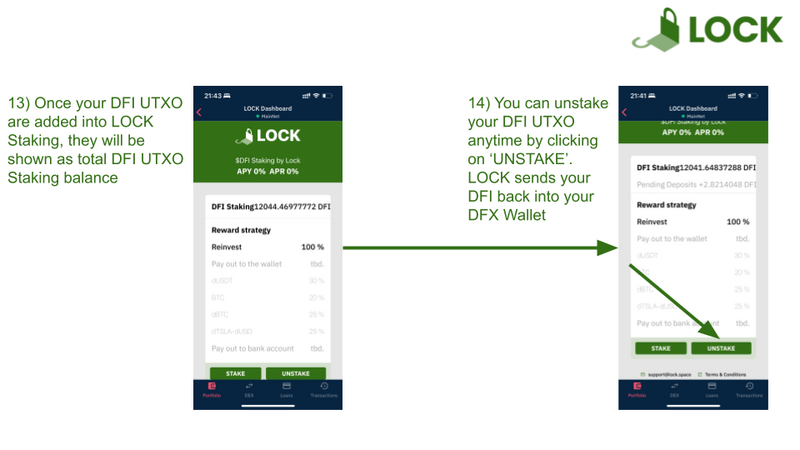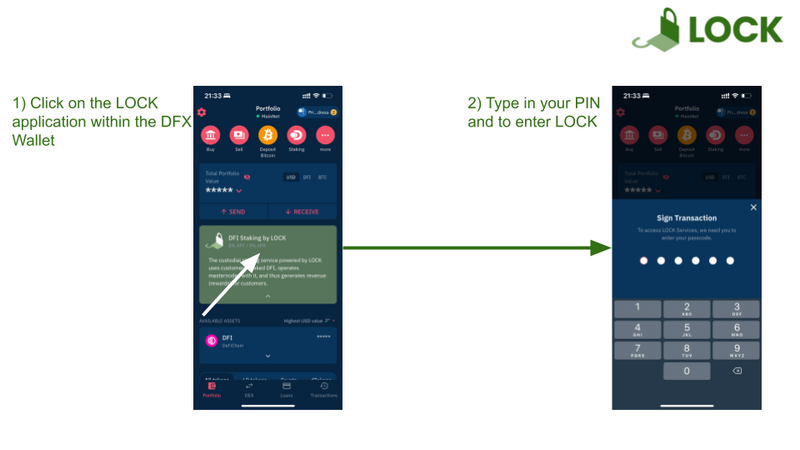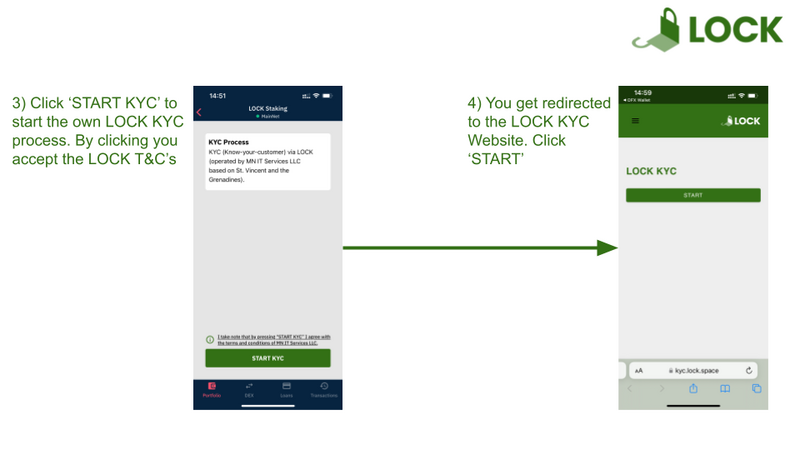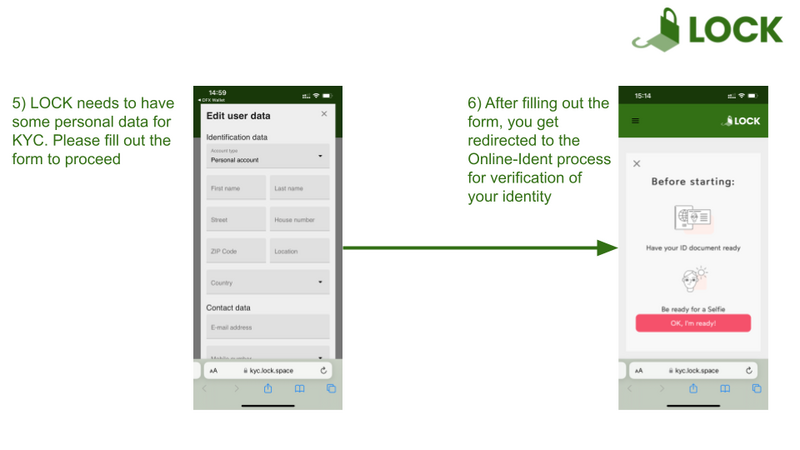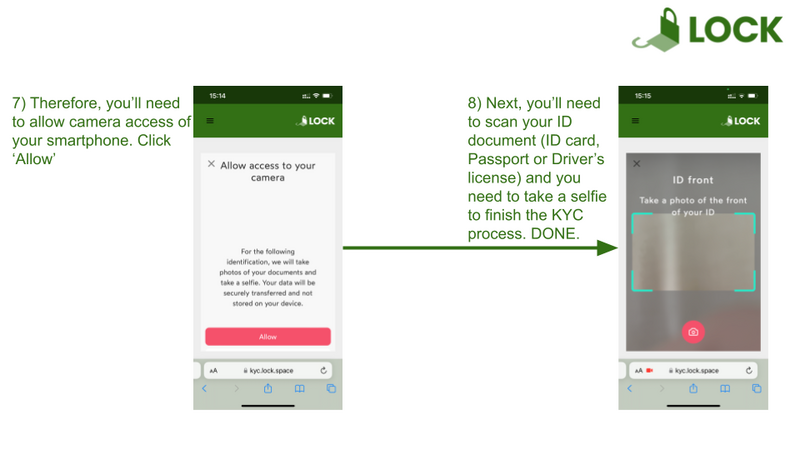LOCK Staking
2023-10-19: LOCK made the following announcement in the official Telegram group
Dear LOCK users,
We see that many of our users have remained loyal to our service over the past few months despite declining DFI prices, and have deposited large amounts of DFI into our Staking program. While it is great to see that many users are using our service, we regret to report that at current DFI prices, it is not economically viable for LOCK to continue offering the service at these fee rates.
While our revenue is 5.55% of DFI Rewards, our costs of running Masternodes remain in EUR due to server infrastructure and staff costs. So the revenue has decreased over the last couple of months as the DFI price has decreased, but our costs have remained the same. That is why, it doesn't make sense for us to offer this service under these conditions. Therefore we have to announce that we will lower the Staking Rewards to 0% from tomorrow onwards until the DFI price recovers.
Deposits and withdrawals continue to work reliably as usual.
Thank you very much for your understanding.
Your LOCK Team
=> That means that 100% of all rewards stay with LOCK unless you unstake and choose another staking provider. If you want to support LOCK there is nothing to do from your side.This page contains the most frequently asked questions about LOCK.space. Please note that this page is a community page maintained by the community and not by LOCK itself.
FAQ
What is LOCK?
LOCK is a new, independent and global Staking provider to further decentralize DeFiChain and enable a better governance. LOCK provides Staking services to retail as well as institutional investors and is available in different wallets like DFX or Jellywallet. Further wallets will be integrated LOCK Staking in future as well.
How does LOCK Staking work?
LOCK Staking is integrated natively in wallets like DFX or Jellywallet. DFI Coins (DFI UTXO) can be transferred directly into LOCK Staking within the LOCK application in order to receive Staking rewards onto your wallet address. Your KYC data can be transferred from DFX to LOCK, if you’re a customer at DFX. Otherwise LOCK offers an own KYC process (in V2).
When can I unstake my DFI?
You can stake and unstake your DFI anytime. Usually, you receive your DFI within 5 min after unstaking. For further information, please have a look at our Terms & Conditions.
What is the fee structure of LOCK?
LOCK recently decided to keep 100% of all staking rewards since 2023-10-20 as announced in the official Telegram group:
https://t.me/LOCK_Staking/4159
That means that it makes no sense anymore to keep any DFI at LOCK unless you want to support LOCK with 100% of your rewards.
Who is operating the Masternodes?
Masternodes are run by LOCK and the custody of DFI is done by LOCK as well. The operator nodes, however, are operated by the mydeficha.in in order to guarantee a Masternode uptime of ~99%.
Can Staking rewards be paid out in different assets?
The standard asset for Staking rewards is DFI (V1) which will be reinvested automatically. Users will be able to choose their assets of the paid out Staking rewards on a percentage basis in V2. For instance, it will also be possible to receive Staking rewards in different tokens like dBTC, dETH, etc. as well as in stablecoins (e.g. dUSDT, dUSDC) and/or liquidity tokens (e.g. dUSD-dTSLA). Furthermore, Staking rewards can be paid out in native Bitcoin.
How are the funds secured?
LOCK has a sophisticated security set-up in which no single person can withdraw any customer funds. More details are not public in order to protect customer funds.
How is DeFiChain voting taking place?
Any LOCK user is able to vote on CFPs/DFIPs regardless of the amount of staked DFI. Any user can vote YES/Neutral/NO on each CFP or DFIP. The LOCK Masternodes vote pro rata following the will of LOCK users.
Is there Staking planned for other Blockchains/Protocols?
Yes, LOCK will integrate further Staking protocols for its users in future.
